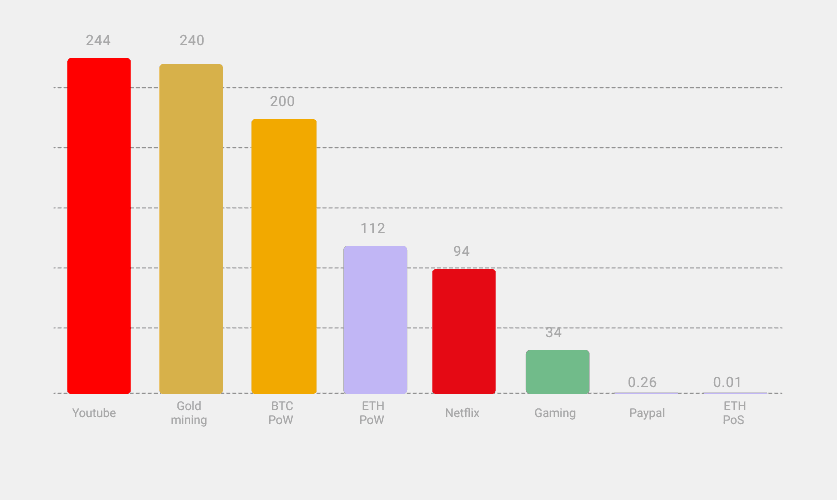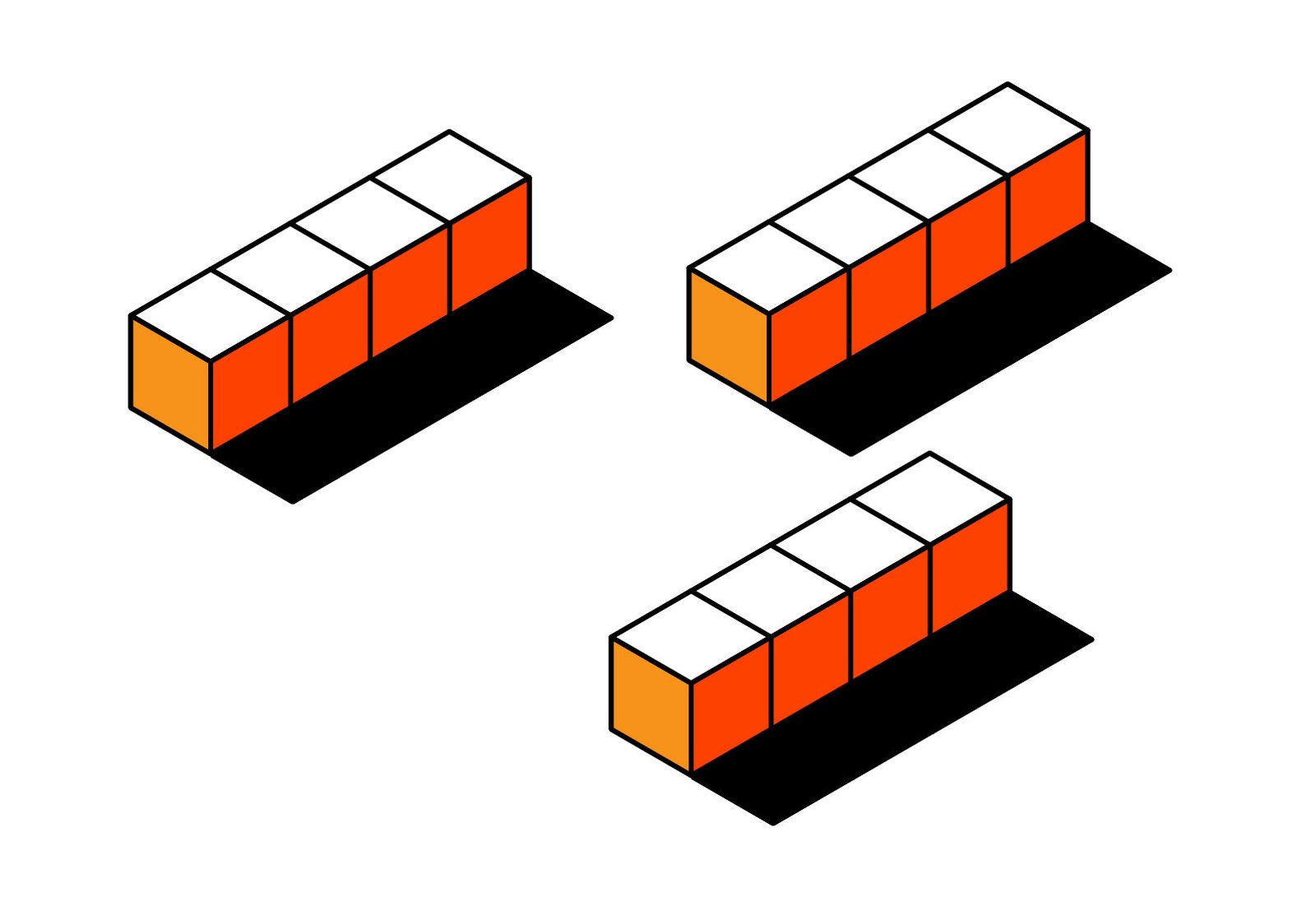The Ethereum merge is upon us, and with this lesson we shed light on what it will be and what it will represent for the ecosystem.
What is merge
The merge (as you can understand from the term) is nothing more than a merging of two existing Ethereum layers. Specifically, the Ethereumexecution layer, the proof-of-work layer we are used to knowing, and the new consensus proof-of-stake layer will be merged.
This network upgrade will drastically decrease the amount of power used to create new blocks as we will move from the old mining system to the new system of validating blocks through ETH staking.
How it works
The proof-of-stake layer already exists and is called the Beacon Chain, created separately from the Main Chain. During merge the Beacon Chain will “stick” to the end of the Main Chain, continuing it. Thus, even after the merge the Main will exist, and all the history of transactions, deposits and transfers will remain intact, because it will be nothing more than the first “phase” of the final Chain.

The Beacon Chain was created on Dec. 1, 2020, and has remained in a test phase until now: it would not process transactions occurring on the Main, but rather would be used as a TestNet, a copy of the blockchain protocol to which it will be connected. After several months of testing, it is projected that the merge will be completed between Q3 and Q4 of 2022, and the two chains we know will no longer be separate, but will become Ethereum.
This can be considered the first step toward the infamous ETH 2.0, which aims to be the best version of Ethereum in terms of scalability, security, and sustainability.
Environmental impact before and after
As we saw earlier, the main goal of the merge is to decrease the environmental impact of the blockchain by moving from miners to validators. Let us now see what effect it will have concretely.

As we can see from this graph released by Ethereum itself, The old PoW consumed as much as 112 TWh/y (TeraWatts per year), which is still few compared to the 244 of Youtube or the 240 of gold mining.
After the merge there will be a drastic drop in this figure, coming in at 0.01 TWh/y. This is an astonishing figure considering the current size of the Ethereum ecosystem and the functionality it has.
What about fees?
Regarding the gas fees problem and their far too high cost during network congestion, the merge is only the first step to solve it: Proof of stake is a blockchain model that allows lowering the energy consumption of block creation, but does not increase the scalability of the network. What is needed to lower the cost of transaction fees is sharding, an expected upgrade that is only possible after completing the transition to proof of stake.
Vitalik Butherin has repeatedly said that this is a problem he knows and needs to solve, and he believes that after the sharding upgrade, the Ethereum network will be able to see fees of about $0.05.

